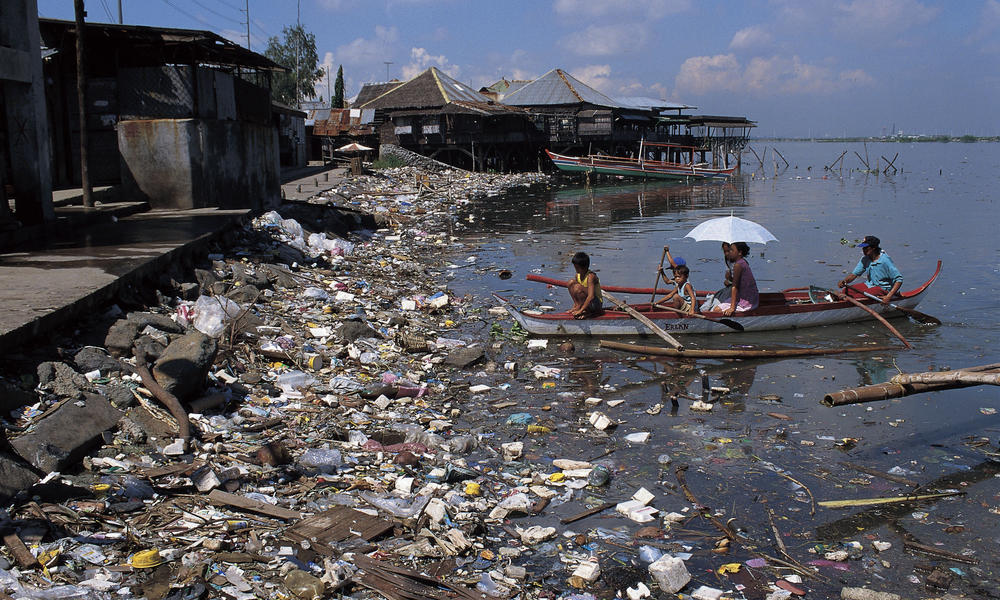Environmental pollution is one of the most common problems today. Emissions of harmful substances occur in almost every locality, the only question is where their number is many times higher than the norm. In this article, we will find out in which parts of the world the ecological situation is the least comforting, which countries are the dirtiest in the world.
Sources of environmental issues
The activity of human intervention in nature inevitably grows, reflecting not in the best way on the environment. Recently, the destructive influence of our activities is felt even in remote, untouched regions of the planet.

Before talking about the dirtiest countries in the world, let's figure out what causes pollution. It must be said right away that man is not the only reason for the pollution of the planet. Often it occurs without our participation, for example, during forest fires or volcanic eruptions. However, even then the emissions of hazardous substances are not too large compared to what we produce.
Contaminants of nature are substances that enter the environment in quantities exceeding the norm. It can be various microorganisms, physical radiation or chemical compounds. Most often they find themselves in nature thanks to transport, industrial enterprises, landfills, agriculture, nuclear energy.
Even ordinary household items contribute. So, working equipment increases the noise level, computers and phones emit electromagnetic waves, lamps and heaters emit additional heat, some become a source of mercury.
Environmental Assessment Criteria
Ratings of the most environmentally dirty countries in the world are very conditional. As a rule, when compiling them, only certain factors affecting the environment are taken into account. A full assessment of the environmental situation in the regions may include the level of pollution of soil, air, water, the amount of consumed resources and their conservation, the level of all kinds of radiation, etc.
Among the countries with the dirtiest air in recent years, the leaders are Saudi Arabia, Qatar, Egypt, Bangladesh, Kuwait and Cameroon. At the same time, China (10,357 million tons), the USA (5,414 million tons), India (2,274 million tons), Russia (1,617 million tons) and Japan (1,237 million tons) were among the states that emit the largest amount of carbon dioxide. . The most dirty countries in terms of drinking water quality were Afghanistan, Chad and Ethiopia. Next to them is usually Ghana, Bangladesh and Rwanda.
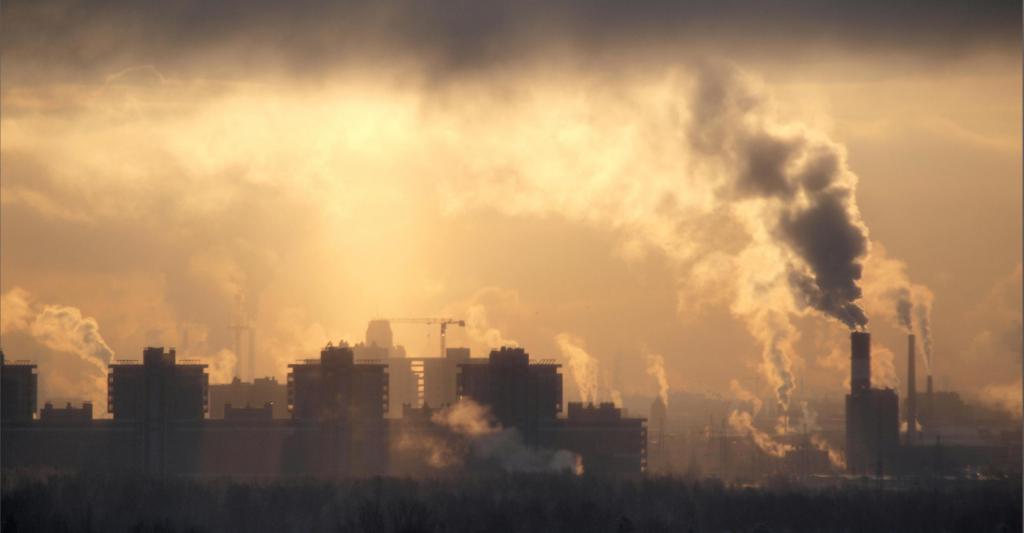
Top dirtiest countries in the world
There are problems with environmental pollution almost everywhere where a person is present. Some states are successfully struggling with them, introducing effective technologies. Others only increase their “harmful potential”, creating a danger not only for their own inhabitants, but also for the population of the entire planet. In 2017, one of the ratings of the 10 dirtiest countries in the world looked like this:
- Saudi Arabia.
- Kuwait.
- Bahrain.
- Qatar.
- United Arab Emirates.
- Oman.
- Turkmenistan.
- Libya.
- Kazakhstan.
- Trinidad and Tobago.
The list was published by The Eco Experts, calling them the most toxic. The rating was based on an assessment of countries according to five criteria:
- amount of energy consumption;
- renewable energy sources;
- air pollution;
- carbon dioxide emissions;
- number of deaths due to air pollution.
Saudi Arabia
This Muslim state occupies 80% of the Arabian Peninsula and is in 13th place in the world in terms of area. Most of Saudi Arabia is represented by deserts, semi-deserts and mountains.There are no forests and permanent rivers, a lot of sun and heat, and fresh water is present only in underground sources.
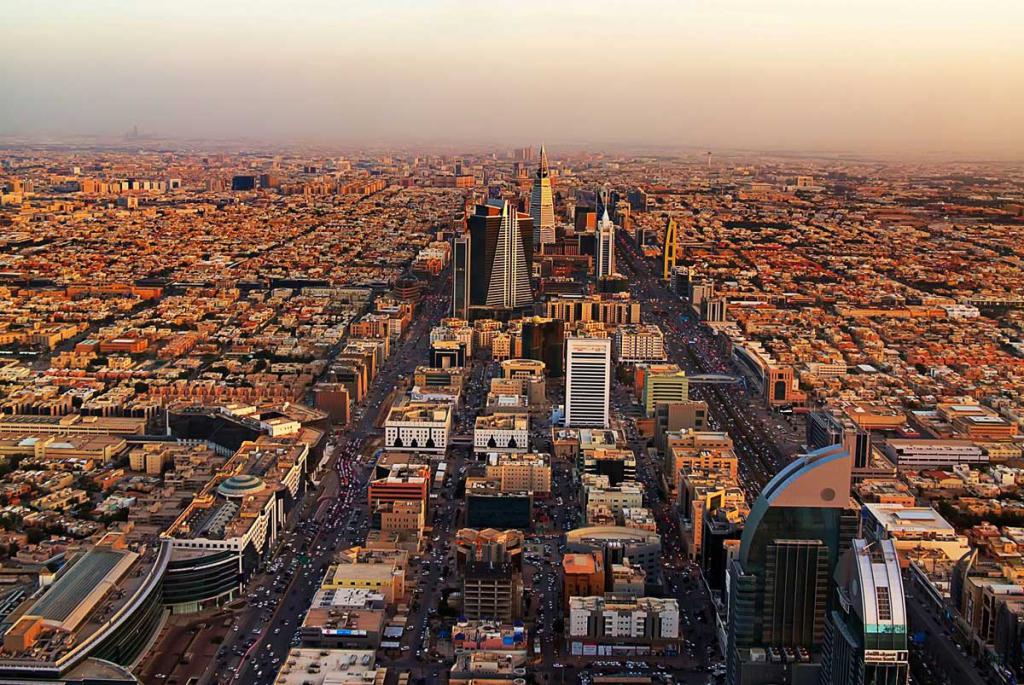
The main resource of the state is oil and natural gas, the production and processing of which contributes to the emission of huge amounts of CO2. Due to the vast deserts, the main population is located on the coasts. The products of human activity are often thrown into the ocean, which destroys valuable coral reefs. The growth of cities also leads to exhaust emissions from transport and increases the consumption of water, which is already used in large volumes for irrigation of fields.
In general, the most dirty country in the world, Saudi Arabia has made excessive use of petroleum products, high urbanization, unreasonable farming, as well as the lack of programs for the introduction of alternative energy sources. However, the authorities promise to sort out the last problem soon.
Kuwait
Kuwait is the second most environmentally dirty country in the world. It is located on the shores of the Persian Gulf, right next to Saudi Arabia. Unlike her neighbor, she does not have large dimensions (in terms of territory - only 152nd in the world), but she has almost as many environmental problems.
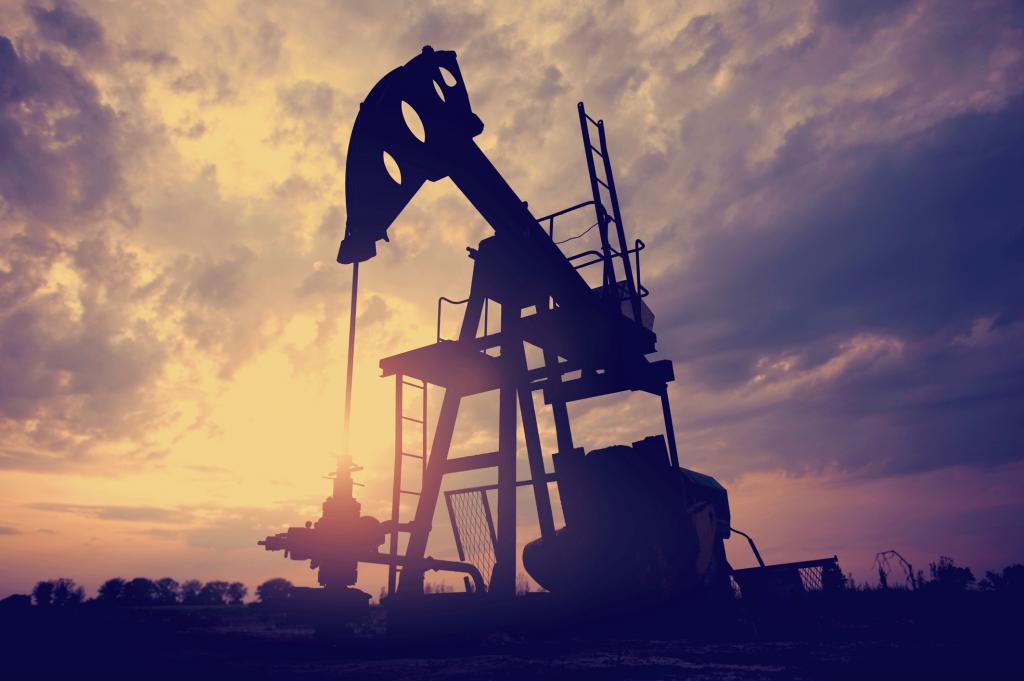
Kuwait, by the way, like Qatar, the UAE, Oman, Bahrain, has very scarce natural resources. They all built an oil economy. Kuwait has approximately 10% of the world's total fuel supply. The country annually produces approximately 165 million tons of black gold, which poses a threat to clean air.
The danger to the environment is not only the process of extracting the resource, but also the method of its storage. Oil from wells usually does not immediately enter the market, and while it is waiting in the wings, it periodically lights up. Then CO is thrown into the air2harmful ashes and other pollutants. Kuwait’s environmental damage was inflicted in 1990, when Iraq set fire to about 1,000 of its wells.
Libya
In the list of the dirtiest countries in the world, only Libya is in Africa. It is located in the northern part of the continent, on the shores of the Mediterranean Sea. Most of the country is covered by the Sahara desert, so the climate here is mostly dry and hot. It is favorable only on the coast and in oases.
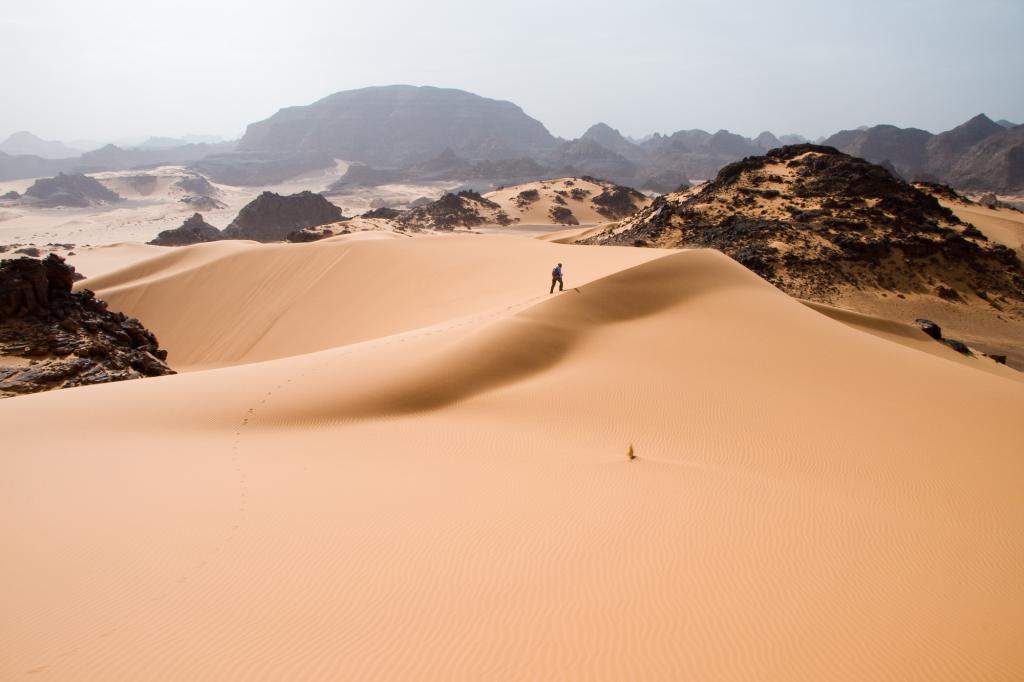
Libya is characterized by many environmental problems, for example, a small supply of drinking water, desertification of territories, water and air pollution. As in the countries of the Middle East, there were some fuel resources. This African state exports oil and natural gas to various European countries (Italy, France, Germany, Spain), putting its own territories at risk.
The situation created by human activities is exacerbated by natural factors. In spring and autumn in Libya strong sirocco winds form or perish. They bring hot air with temperatures up to 50 degrees, dry mists and clouds of dust. Winds blow for about five days, leading to problems with the respiratory and nervous systems.
Kazakhstan
Kazakhstan is the largest state in the world by area, not having access to the sea. Unlike its “neighbors” in the ranking, it turned out to be among the most dirty countries not only because of oil and products based on it. Kazakhstan is the largest economy in all of Central Asia, with a huge number of different industries.
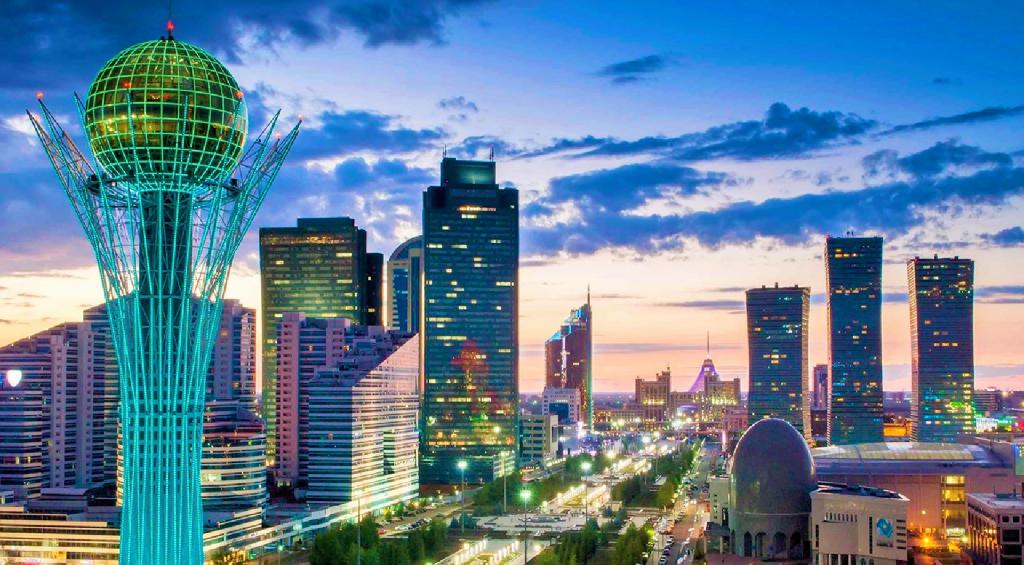
Nonferrous and ferrous metals, coal, oil, natural gas, bauxite and other minerals are mined and processed in the country. The most harmful are oil refineries, lead-zinc, chromium, phosphorus plants. Thanks to them, heavy metals, sulfur dioxide, hydrogen sulfide, soot and other substances get into the air. Complicating the situation are cars - the main sources of aldehydes, nitric oxide, benzpyrene, carbon monoxide and carbon dioxide.
Trinidad and Tobago
The Republic of Trinidad and Tobago is located in the Caribbean, near Venezuela. It covers two large and hundreds of small islands.Hot tropical climate, evergreen forests and savannahs, sandy beaches and unique animals ... It would seem that in such a place there can be no problems with the environment. The country has even begun to develop ecological tourism.
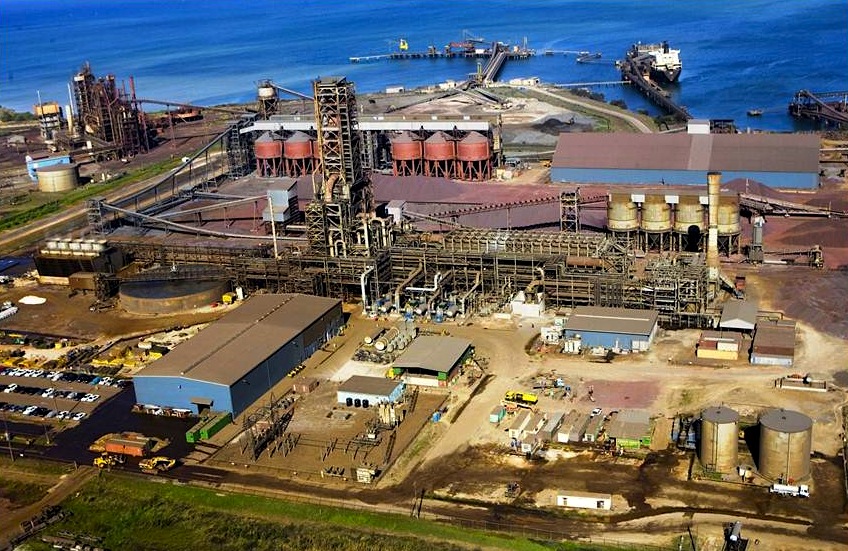
However, not everything is so smooth here. The main sectors of the economy of Trinidad and Tobago are oil and gas processing, heavy industry, as well as the production of asphalt and fertilizers. All this led to soil erosion, a decrease in forest area, and water and coastal pollution. In The Eco Experts ranking, the emphasis was mainly on air, with which the country is also not all right. Metallurgy and oil refining contribute to the entry of many toxic substances into the atmosphere, which gradually turn a paradise into an impossible place for life.
